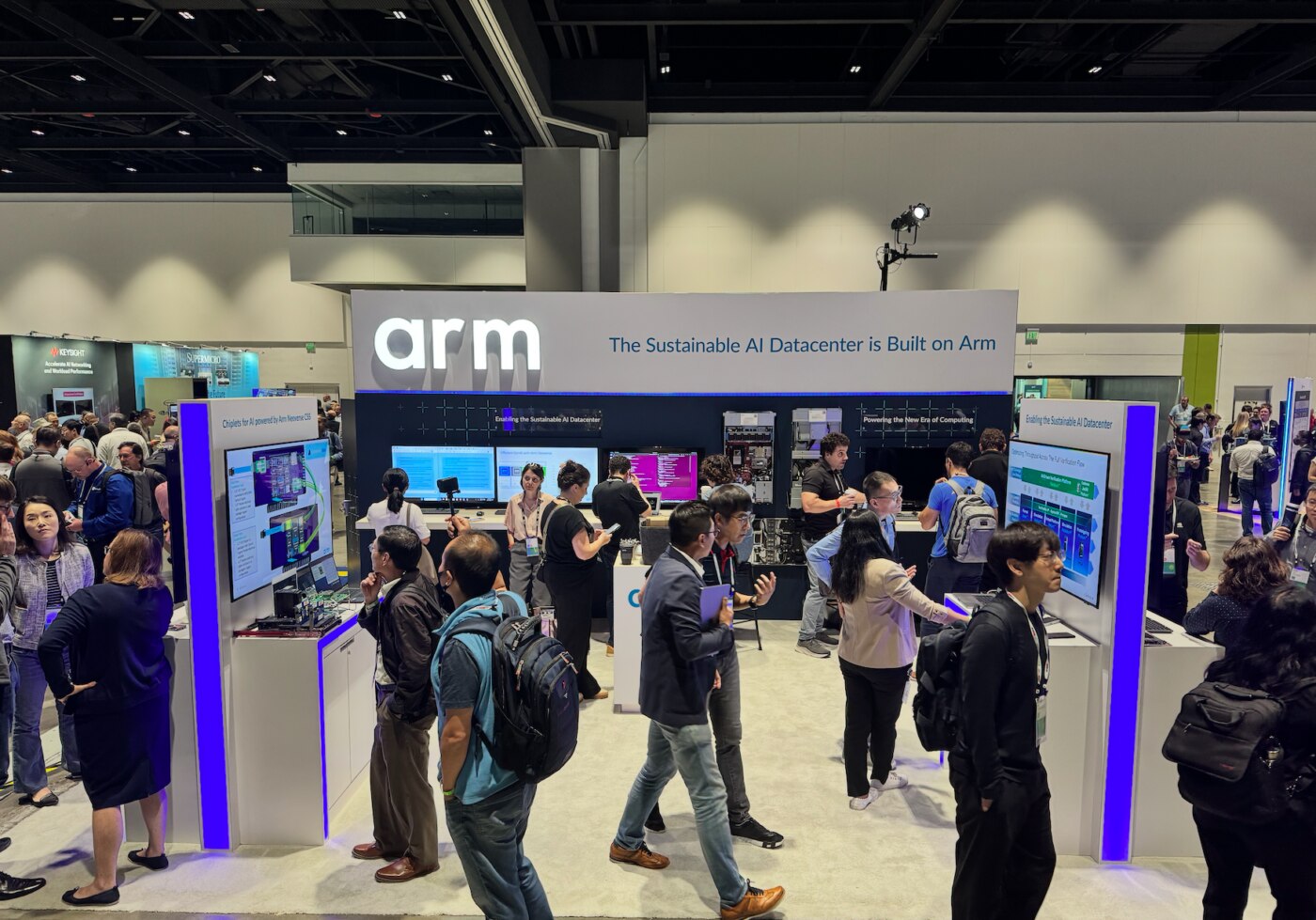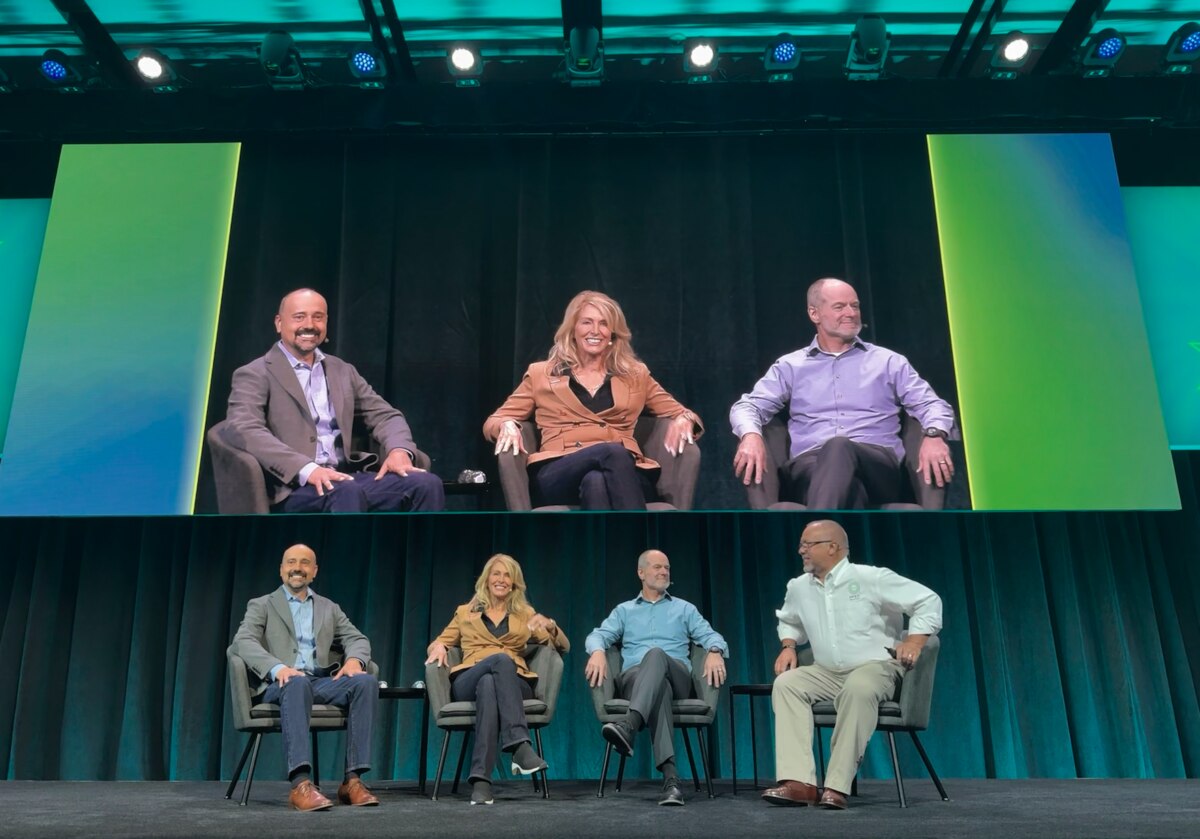Key Takeaways from OCP Global Summit 2024

One key message emerged from Open Compute Project (OCP) Global Summit 2024: AI scalability won’t progress unless we reduce design and development friction.
As the annual Silicon Valley event drew to a close, this crucial insight reverberated through the halls and informed discussions on the future of AI infrastructure and sustainable computing.
While everyone understands the enormous opportunities, they also know the AI scalability challenges:
- Unprecedented demands on computing infrastructure with AI model parameter counts doubling every 3.4 months.
- Global datacenter energy consumption is projected to triple by 2030.
- The traditional approach to chip design and development is struggling to keep pace with these demands, both in terms of performance and energy efficiency.
- As we push towards increasingly smaller process nodes, such as the current 3nm and the upcoming 2nm, the complexity and cost of manufacturing skyrocket. Design costs for a 2nm chip are estimated at a staggering $725 million.
These challenges are compounded by the long development cycles of monolithic chips, which can take years from concept to production – a timeframe that’s increasingly out of sync with the rapid evolution of AI workloads. Additionally, the one-size-fits-all approach of traditional chip design is ill-suited to the diverse and specialized computing needs of modern AI applications, leading to inefficiencies in both performance and energy use.
Arm, as a key player in the semiconductor industry, is at the forefront of addressing this challenge, and at OCP, the company showcased innovative solutions and collaborative approaches to overcome the hurdles in AI scalability.
Eddie Ramirez (far left, image below), VP of Go to Market, Infrastructure at Arm, highlighted this challenge in his executive session, emphasizing that “the insatiable demand for AI performance is putting immense pressure on today’s datacenters. We need a paradigm shift in how we approach silicon design and development to meet these growing needs sustainably.”

Bottom image, from left: Eddie Ramirez (VP of Go to Market, Arm), Melissa Massa (Lenovo Global Sales Lead for cloud service providers), Thomas Gardens (VP of Solutions, Supermicro), Moderator Bill Carter (OCP).
Arm’s Vision: Reducing Friction Through Innovation
At OCP 2024, Arm presented a comprehensive strategy to address the AI scalability challenge, centered around two key pillars: chiplet technology and ecosystem collaboration.
Chiplets, the next frontier in silicon innovation, were a central theme in Arm’s OCP presence, representing a revolutionary approach to chip design that promises to reduce development friction significantly. By breaking down complex chip designs into smaller, modular components, chiplets offer several advantages:
- Lower development costs: Chiplets reduce manufacturing costs and improve yields compared to traditional monolithic designs.
- Faster time-to-market: The modular nature of chiplets allows for quicker iteration and product launches.
- Scalable performance: Companies can mix and match chiplets to create customized solutions for specific AI workloads.
- Improved power efficiency: Chiplet designs enable more granular power management, crucial for sustainable AI infrastructure.
In Arm’s Expo Hall session, “Accelerating AI Innovation with Arm Total Design: A Case Study,” Arm experts collaborated with Samsung to demonstrate how Arm Neoverse Compute Subsystems (CSS) rapidly brought an AI chiplet to market. This real-world example showcased the practical benefits of chiplet technology in reducing design and development friction.
Arm Total Design: Fostering Ecosystem Collaboration
Recognizing that no single company can solve the AI scalability challenge alone, Arm touted its Arm Total Design initiative, which has doubled in size in just one year to nearly 30 industry partners. This collaborative approach brings together foundries, third-party IP and EDA tools, design services, and OEMs to build solutions for the datacenters of the future with Arm Compute Subsystems (CSS).
At OCP 2024, Arm highlighted new and expanding elements of the Arm Total Design:
- The introduction of new partners such as Egis, PUFsecurity, GUC, and Marvell, expanding the range of available chiplet solutions.
- A showcase of diverse chiplet applications, from AI accelerators to networking and edge computing solutions.
- The unveiling of a new AI CPU Chiplet Platform in collaboration with Samsung Foundry, ADTechnology, and Rebellions, promising approximately 3x power and performance efficiency compared to existing solutions.
All of these, taken in the aggregate, are meant to speed time to innovation, which is the name of the game.
Building a Sustainable AI Infrastructure
As we address the friction in AI development, sustainability remains a core focus. Arm’s approach to silicon design, particularly through chiplets and advanced process nodes, is crucial for building energy-efficient AI systems that can scale to meet future demands.
Arm’s initiatives for sustainable AI include demonstrating how Arm-based solutions can be optimized for specific AI workloads, improving overall system efficiency and collaborating on system firmware and chiplet standards to ensure interoperability and reduce development complexity, all contributing to AI scalability.
The Path Forward: Scaling AI Through Collaboration
The future of AI infrastructure lies in collaborative innovation. The challenges of scaling AI capabilities while maintaining energy efficiency are significant, but the advancements in chiplet technology and ecosystem-wide collaboration are paving the way for a more sustainable and scalable AI future.
Arm is committed to leading this transformation, providing the foundation for sustainable AI infrastructure through our Neoverse technology, Arm Total Design initiative, and extensive ecosystem partnerships.
So, what’s next?
- Expanded ecosystem collaboration: We’ll continue to grow the Arm Total Design network, bringing more partners into the fold to accelerate chiplet innovation and reduce development friction.
- Advanced AI optimizations: Expect to see more Arm-based solutions specifically tailored for AI training and inference workloads, designed to scale efficiently with growing demands.
- Sustainability-first approach: Energy efficiency will remain at the forefront of our design philosophy, helping our partners build more sustainable datacenter solutions that can support the exponential growth of AI.
OCP Global Summit 2024 served as a powerful reminder that the future of AI depends on our ability to innovate at the silicon level. By reducing design and development friction through chiplet technology and ecosystem collaboration, we’re opening new possibilities for scalable, sustainable AI infrastructure.
Eddie Ramirez put it best in his summit presentation: “The AI datacenter of tomorrow is being built today, and it’s being built on Arm.” With our technology at its core and our partners by our side, we’re not just scaling AI – we’re shaping a more efficient, sustainable future for computing.
Webinar on the Chiplet Marketplace
To learn more about enabling a marketplace of chiplet-based custom silicon, Arm is hosting a webinar with the Open Compute Project (OCP).
Any re-use permitted for informational and non-commercial or personal use only.











